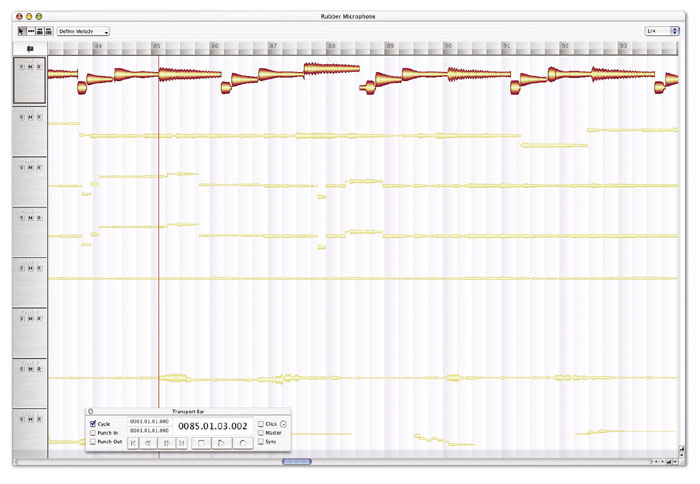
What this means is you can freely record without a click or metronome and line up all the instruments to it very easy. Noel posted on Cakewalk last night they will be adding code to interface more with this feature. This version has tempo detection that is almost unreal. I upgraded from the editor to the studio version for the $125 price, great deal. I'm sure that German guy with the beard has been hard at work on it.Įdited by Guitarhacker ( 01/20/16 05:12 AM) Perhaps in the years since my version, the new flagship has resolved those sorts of issues. I tended to use it mainly to remove the notes I didn't want as opposed to "fixing" those notes by sliding them up or down. for full disclosure, there was still some engineering work that was needed to make the version I have more useful in the poly mode. I have used it a time or two to fix a piano chord or a guitar chord with a wanky note in it. Both are amazing.Įdit to add: I have the Melodyne Editor. That's what makes this such a great and useful tool for home studios as well as the pros.īetween this and Ozone. Used properly, no one can tell where you used it because it doesn't alter the feel, the emotion, the groove or the spirit in the music. I've challenged people to point out where I have used it in a song and no one takes that challenge. I've been saying for years that using melodyne properly is totally transparent, and this illustrates it. "nail the vibe and the groove then let melodyne fix the pitch and timing issues".

I loved the quote I saw while reading through the site. For most folks working in home hobby studios who want good vocal tracks, I'm of the opinion that the essentials version of Melodyne is generally sufficient.Ī little pitch correction on a solo track and maybe move a note or two to fix timing issues.


 0 kommentar(er)
0 kommentar(er)
